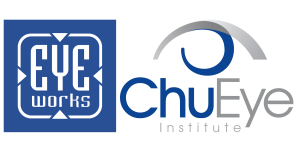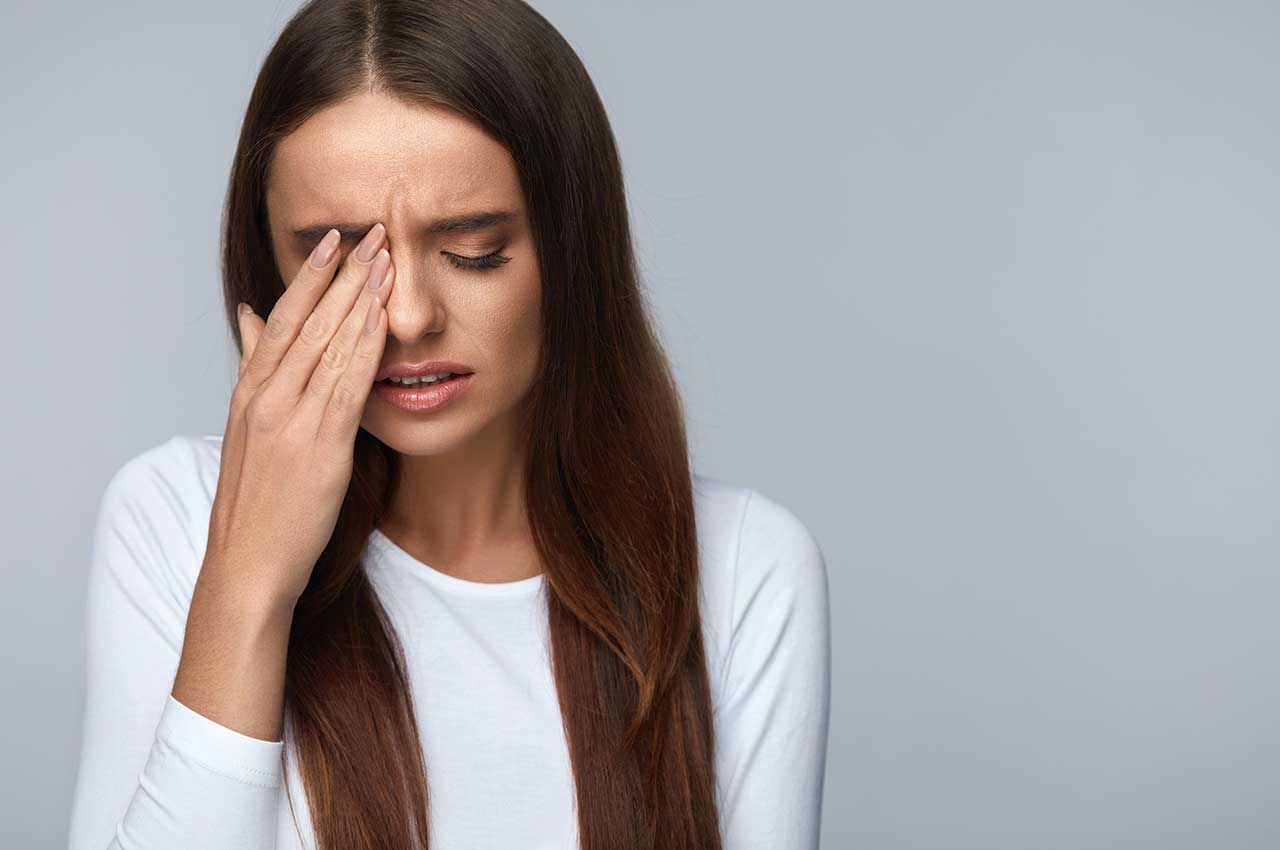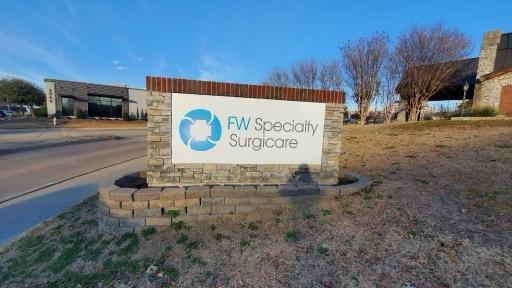(U.S.) April is Women's Eye Health and Safety Month.
The many stages of a woman's life can have an impact on her vision. Women are increasingly diagnosed with eye disease, particularly as they age. In fact, studies indicate that most women over the age of 40 have some type of visual impairment and are at risk for developing conditions such as cataracts, dry eye, blindness, glaucoma and diabetic retinopathy. Women are also more at risk for developing vision impairments as a result of the female population's increasing longevity.
As a woman, the first step you can take to ensure healthy vision is to make a thorough eye exam part of your regular health routine. Make sure that you have a comprehensive eye exam before reaching the age of 40 and that you follow up with the care your eye doctor recommends for you, if that applies. Secondly, know your family history, as your genetics are a key factor in understanding, diagnosing and preventing eye conditions. Be sure to delve into your family's eye and health history and alert your eye doctor to any diseases present in your family.
In addition, eat a healthy, well balanced diet and make sure to include foods rich in beta carotene, zinc and omega-3 fatty acids which all help guard against vision loss from eye disease. You can also take supplements with vitamin A, riboflavin (vitamin B2) and vitamin C as they are good starting point maintaining eye health.
If you smoke, make a decision to quit as even second-hand smoke can increase the risk of eye disease and is a proven cause of age-related macular degeneration (AMD) and cataracts. UV rays, which can also cause the development of cataracts and AMD, are extremely dangerous for your eyes. When you go outside, in the summer and winter, make sure to wear 100% UV protective sunglasses and a wide brimmed hat to protect your eyes from the sun.
Hormonal changes such as those that occur during pregnancy and menopause also influence your vision and can even make the use of contact lenses ineffective or uncomfortable to wear. During pregnancy, you may want to reduce contact lens wearing time and update your eyeglass prescriptions as needed. It is worthwhile to schedule an appointment with your eye care professional at some point during your pregnancy to address any eye or vision changes you may be experiencing.
There are also precautions to take to protect your eyes from household dangers such as cleaning supplies. Store household chemicals including cleaners, paints, and fertilizers safely and keep them locked and out of reach of small children. Wash your hands thoroughly after handling all chemicals and wear eye protection when using strong substances. Wear safety goggles when fixing things around the house, such as when working with metal and tools.
(Interesting fact for spinning) –The careless use of eye makeup can also be a safety hazard for your eyes. When it comes to makeup, never use anyone else's cosmetics. Avoid using old eye makeup and throw away anything that has been open for 4 months, especially cosmetics that are liquid based. Watch for allergic reactions and stop use immediately if you notice redness, itchiness or puffiness in or around the eyes. You may develop allergies to products that you have been using for years or you may be sensitive to certain ingredients in a product. Also, be sure to avoid actual contact with the eye when applying products around the eye.)
As a woman it is important to be aware of the special risks and considerations when it comes to your eyecare and to inform other women in your life such as daughters and friends about how to protect their eyes and vision.








Leave a Reply